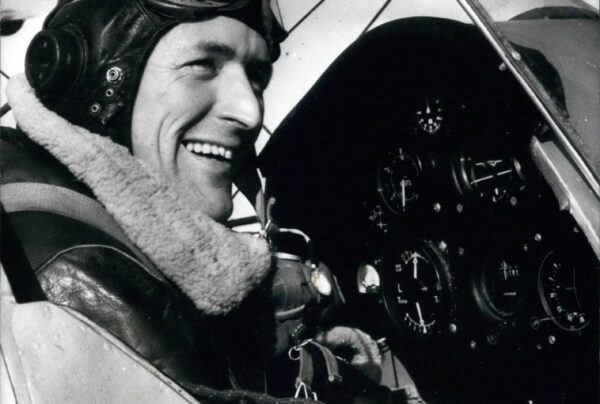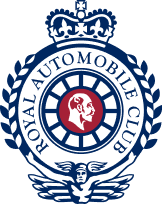Herbert ‘Bert’ Hinkler AFC DSM
Awarded the Segrave Trophy in 1931 for his solo flight in a de Havilland Puss Moth from Canada to London by the least direct route imaginable.
Photo courtesy of the National Aerospace Library/Mary Evans Picture Library

The first leg of his flight was from Canada to New York, but from there Bert flew non-stop to Jamaica before continuing to Venezuela, Guyana and Brazil. He then crossed the South Atlantic to West Africa, before heading up again over the Mediterranean to Europe, and finally landing in London. This, though, was by no means his first extraordinary achievement. He was the first pilot to fly solo from England to Australia in February 1928 in an Avro Avian, slashing the flight time record from 28 to 15.5 days. Bert was born in Bundaberg, Queensland, Australia in December 1892, and by 1912 he’d already built and flown his own gliders. By 1913 he was in England and after highly distinguished First World War service he became Chief Test Pilot at AV Roe; in May 1920 he flew an Avro Baby directly from London to Turin and then back again. However, it was while trying to better his London-Australia epic in January 1933 that his Puss Moth crashed in Tuscany, Italy, which is why he’s buried in Florence. A tree was planted in every Australian school playground to commemorate Bert as an airman national hero. Richard Scobee, commander of the Space Shuttle Challenger, took a scrap of one of Hinkler’s gliders with him on the ill-fated 1986 mission that ended in a disastrous explosion. It was later found in the sea in a plastic bag and returned to the Hinkler House Memorial Museum.


